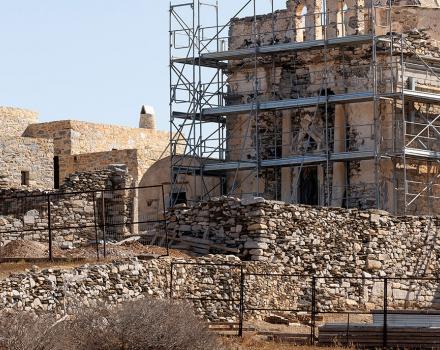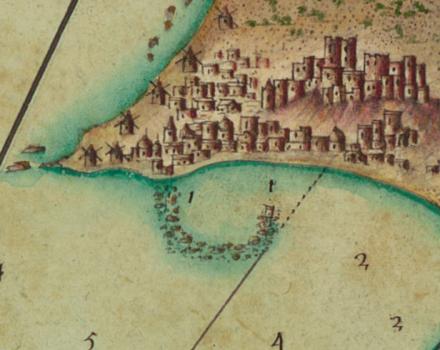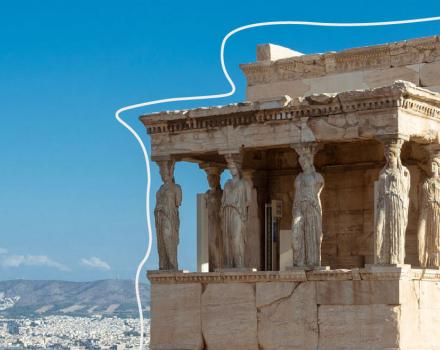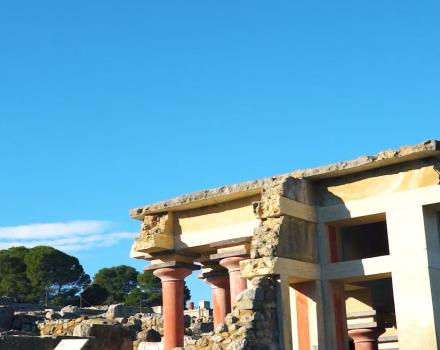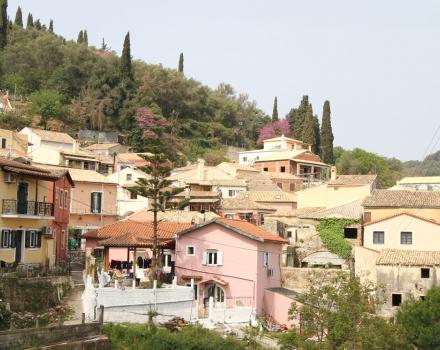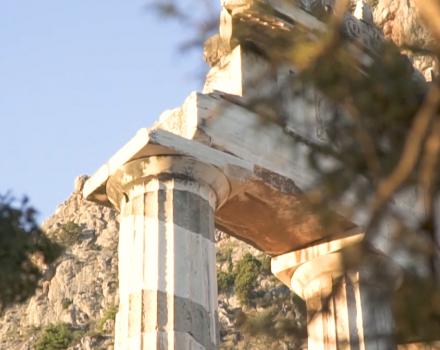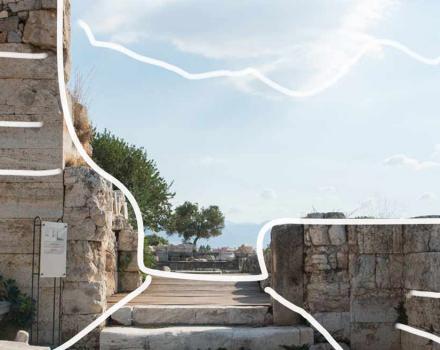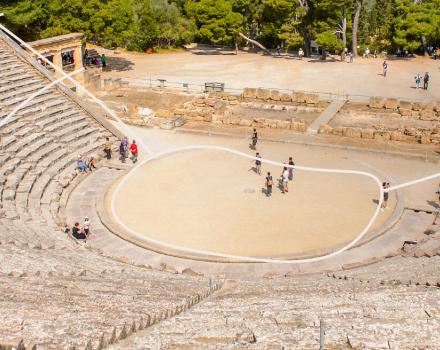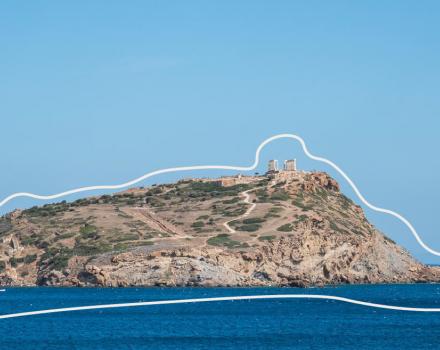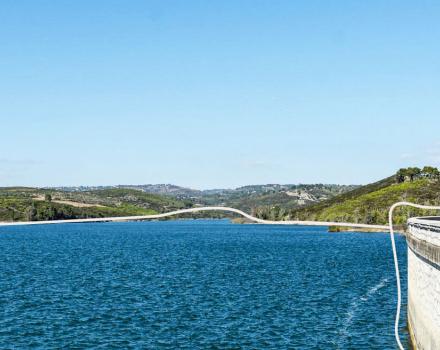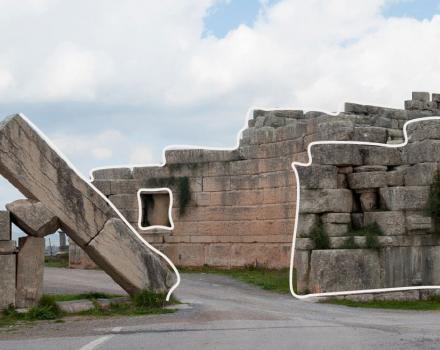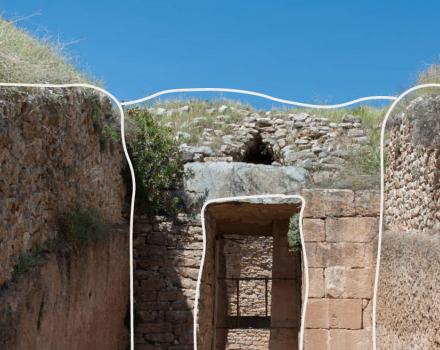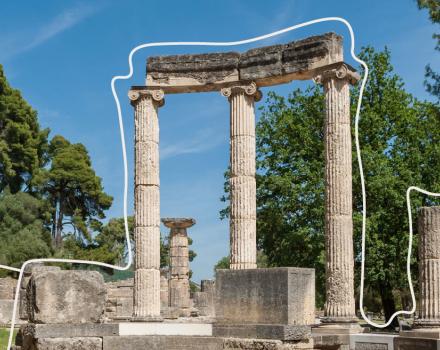Athens was lucky once to have a strong currency, the silver tetradrachm, which was circulating in all over the ancient known world of that time, having great power. The first tetradrachms were cut in the late 6th c. B.C. On the obverse, the head of the goddess Athena, protector of the city was depicted while on the reverse there was the owl, the goddess’ sacred bird. These coins were circulating for five centuries until 1st c. B.C. During this period, ancient Athens had critically contributed to the defeat of the Persians in the naval Battle of Salamis (480 B.C.), it became a powerful economic and naval force, having the most powerful Navy on earth for over 150 years, lived in its “Golden Age”. How did its brilliant procession started and how were the mines of Lavrion connected with the economic power of the city-state of Athens?
At the end of the 6th c. B.C., Cleisthenes laid the foundation for the democratic reform of Athens. One basic democratic choice that shattered the social foundations of the old aristocracy and established isonomia was the distribution of the inhabitants in municipalities according tο their residence and not their ancient tribes origin. With the new state structure built on the creation of municipalities and the ten tribes, Cleisthenes connected the various places of Attica and created the city-state that knew the famous glory.
"If you want to learn more about the mines of Lavrion since the classical era to the recent years through texts, videos, photographs and 360 panorama images, visit the travel destination of Lavrion – Sounion of YouGoCulture:
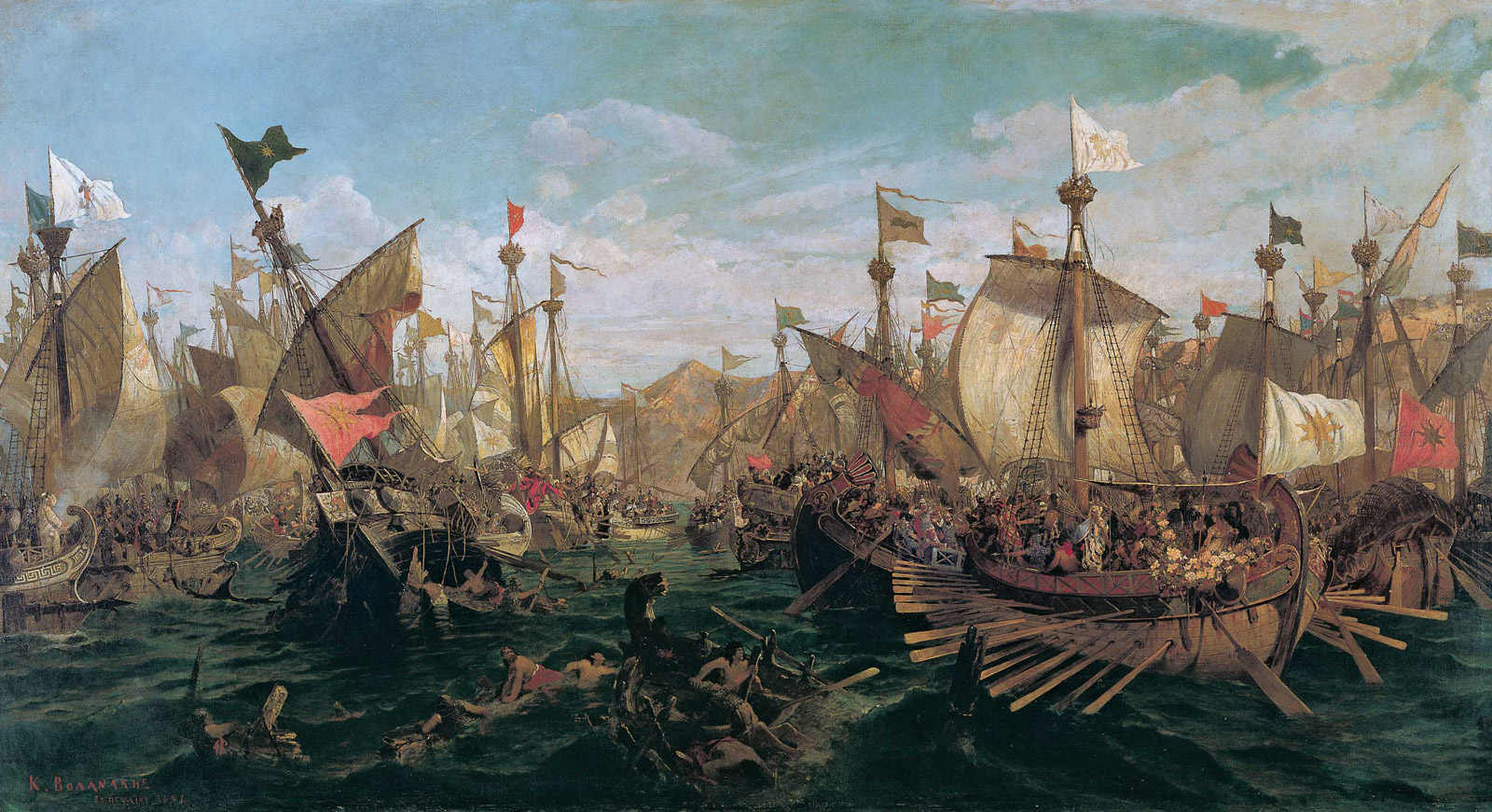
The silver mines
Amongst the municipalities of Athens were also the five basic of Lavreotike (Sounion, Thorikos, Anaphlystos, Vissa and Amfitrope), who are also called mining, because of their relationship with the mines of Lavrion. How do these municipalities connect with the economic prosperity of ancient Athens? With the silver ledges of their mines, the exploitation of which, Athens based its entire monetary production.
The mines belonged to the municipality of Athens, who leased them to free Athenian citizens or metics. Around 480 B.C., the revenue of the Athenian municipality from the silver extractions were so high that Themistocles proposed for it to become available for fleet construction. It is about the "Naval Law", which, as Herodotus mentions, was voted by Themistocles΄exhortation. Themistocles, as a great strategist and politician, convinced his fellow citizens to give up their share of the proceeds of the Lavrion silver mines. The battle - worthy fleet of triremes built at that time fought in the Battle of Salamis, where the allied Greek forces defied the Persian's powerful fleet.
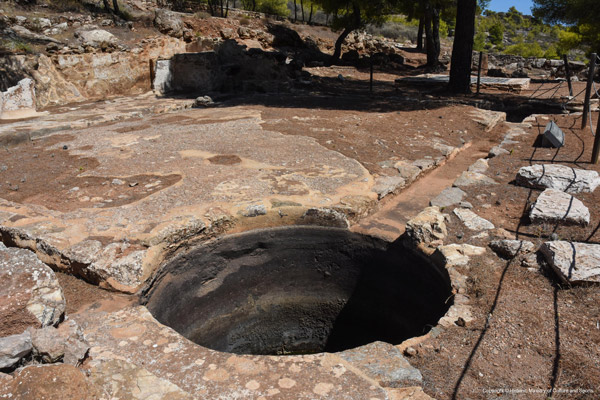 https://yougoculture.com/virtual-tour/lavrion-sounion/myth
https://yougoculture.com/virtual-tour/lavrion-sounion/myth